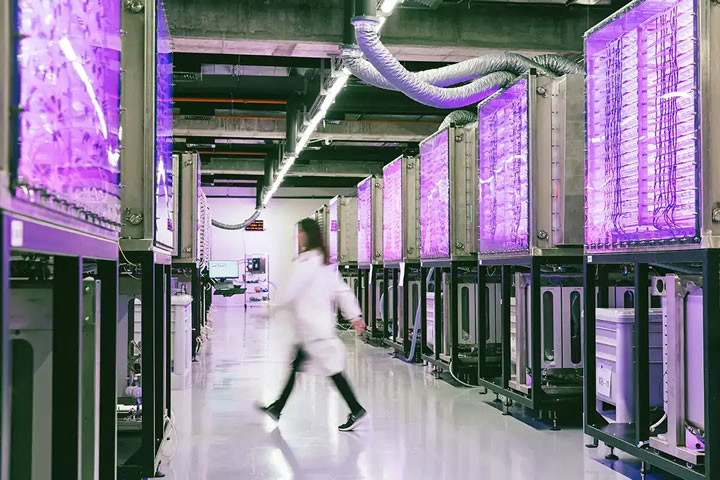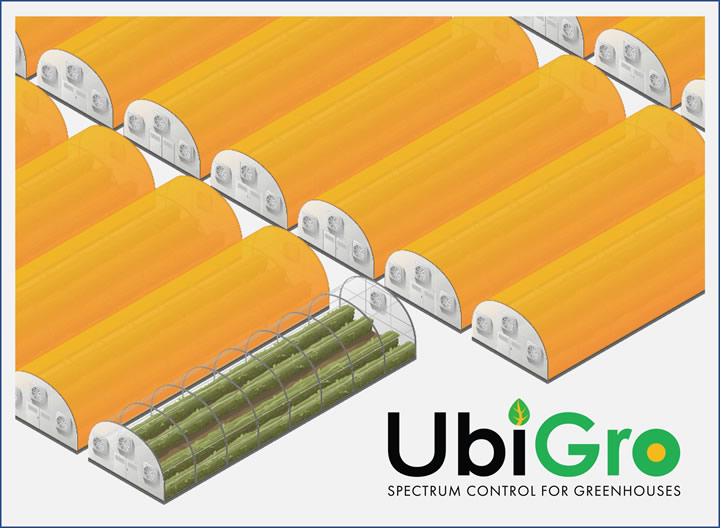'WANNA GREENS®' MAKES HISTORY AS FIRST DUCKWEED PLANT LAUNCHED INTO SPACE ABOARD SpaceX CRS-29
Wanna Greens® is the world's smallest green vegetable and contains more iron than spinach, more zinc than kale, and more potassium than any green vegetable - all integral to promoting cellular strength, preventing illness and disease, and enhancing longevity.
SPACE-TECH MEETS AGRI-TECH AS PLANS FOR NEW SPACE CLUSTER ARE REVEALED
The opportunities created at the intersection between agri-tech and space-tech and the new Space Cluster for Norfolk and Suffolk are to be discussed at an event on 26th January organised by Agri-TechE in partnership with the New Anglia LEP.
NASA Funds Scale-Up of Fluorescent Greenhouse Roofing Technology
On the heels of several technology development milestones and recently granted patents, new funding from NASA will accelerate the scale-up of UbiGro® quantum dot technology for greenhouse roofing
NASA Research Launches a New Generation of Indoor Farming
NASA has been working for decades to tackle food production both on Earth and in space. Feeding astronauts during long-term space exploration means stretching resources to grow plants in space - including minimizing water use and energy consumption and eliminating soil.
NASA Harvest And CropX Partner To Support Sustainable Ag Initiatives
Combining the power of CropX soil data monitoring and NASA's network of Earth-observing satellites, NASA Harvest aims to deliver critical insights to governments and farmers around the globe in support of informed and science-driven decision making.
NASA Taps Osram to Support Its Food Production Research
Osrams smart horticulture lighting system prototype used in NASA ground research to help provide space crews with a reliable source of fresh food.
Records 1 to 6 of 6
Featured Product

NORD Drivesystems - Screw Conveyor Package
The Screw Conveyor Package (SCP) from NORD is a compact, cost-effective solution with directly coupled gear motor or NEMA C-face input, eliminating the need for top motor mounts, pulleys, belts, and guards.


.jpg)



